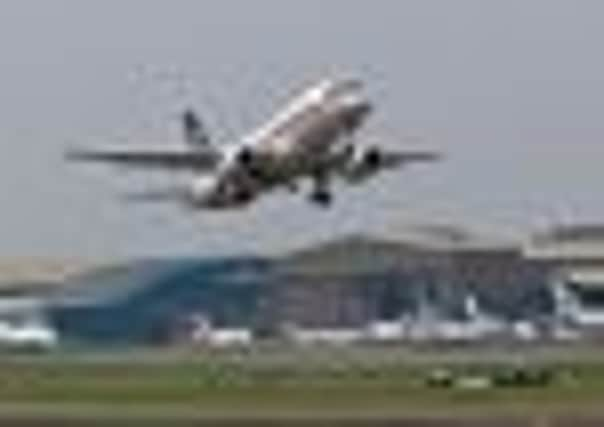50 killed as Russian superjet crashes into Indonesian mountain


The Sukhoi Superjet-100 – Russia’s first new type of passenger jet since the fall of the Soviet Union two decades ago – was supposed to kick-start the nation’s efforts to modernise its fleet and resurrect its neglected aerospace industry.
Indonesia, the fourth stop of a six-nation “Welcome Asia!” tour, was one of Sukhoi’s brightest hopes, accounting for a big chunk of the 170 orders taken globally so far.
Advertisement
Hide AdAdvertisement
Hide AdKartika Airlines, Sky Aviation and Queen Air – among dozens of airlines to have popped up in the nation of 240 million to meet the growing demand for cheap air travel in the last decade – together were aiming to buy at least 48.


The ill-fated aircraft was carrying representatives from local airlines and journalists on what was supposed to be a quick, 50-minute demonstration flight on Wednesday. Some excited passengers snapped pictures of themselves smiling and waving in front of the twin-engine jet before lifting off, then quickly posting them as profile pictures on Facebook and Twitter.
Just 21 minutes after take-off from Halim Peradanakusuma airport in Jakarta, however, the Russian pilot and co-pilot asked for permission to drop from 10,000 feet to 6,000 feet, said Daryatmo, chief of the national search and rescue agency.
They gave no explanation, disappearing from the radar immediately afterward.
It was not clear why the crew asked to shift course, especially since they were so close to the 7,000-foot Mount Salak, or whether they got permission.
President Vladimir Putin ordered Russian representatives to take part in the investigation, offering his “profound condolences” in a statement on the Kremlin’s website.
Superjet International, the Italian-led venture responsible for marketing the plane to the west, said on its website that Sukhoi’s chief civil test pilot Alexander Yablontsev and his co-pilot Alexander Kochetkov had been flying the plane.
Mr Yablontsev had accumulated 10,000 flight hours and commanded the Superjet on its maiden flight in 2008.
Advertisement
Hide AdAdvertisement
Hide AdThe crash took place 45 years after a Dutch-built Fokker F-27 flew into a hill in the Philippines on a promotional sortie due to probable pilot error, said the Flight Safety Foundation
“There have been losses on demonstration flights and they are not generally the fault of the aircraft. But without more information it is impossible to know the circumstances here,” said Paul Hayes, safety director at aviation consultancy Ascend.
Tom Ballantyne, a Sydney-based aviation expert, added: “If it’s a technical fault … then obviously that will be very serious for them,” he said.
“But if it’s pilot error or the fault of air traffic control, it won’t be quite so bad because they’ll be able to say, ‘Well, it’s not the airplane.”’